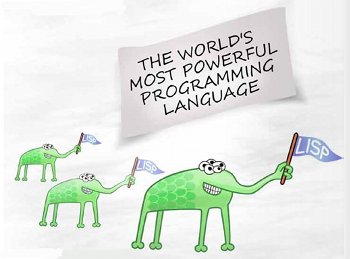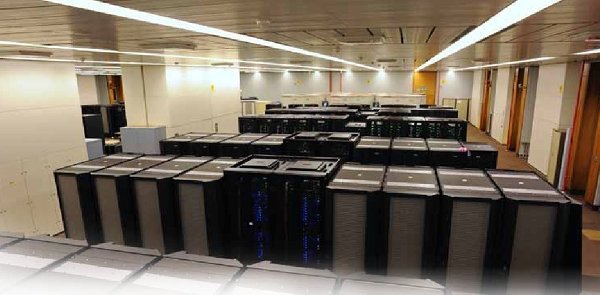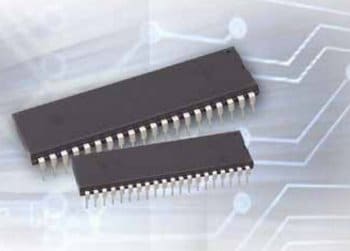Tag: LFY July 2011
Graphics Using Xlib, Part 2: Writing Programs
This article applies the concepts explained in Part l of this series with a sample program.
In case you have forgotten the concepts, a quick...
Making Your Web Apps Social with Facebook
Thinking about making your Web application talk to Facebook? Or do you need tighter integration for your website? Alternately, do you just want to...
A Low-cost Platform for PC-interfaced Science Experiments called expEYES
There is nothing new about computer-interfaced science experiments, but how often do you come across an experiment platform that costs as little as Rs...
Lisp: Tears of Joy, Part 2
Lisp has been hailed as the world's most powerful programming language. But only the top percentile of programmers use it, because of its cryptic...
The Database Demands of Peta-scale Computing
Let's take a brief look at the challenges for next-generation databases.
In the previous article we discussed that as data volumes grow towards the peta-scale...
Onama — A Quantum Leap in HPC
This article introduces readers to Onama, a CDAC-created bundle of well-selected parallel and serial applications for various engineering disciplines. An amalgamation of HPC and...
Oracle Charts Out Java’s Future
The US software maker provides a glimpse into the world of Java, Oracle software and hardware, and the future of these technologies.
May 10-11, Oracle...
WordPress Multi-site Servers on Production Machines
Everybody knows how to set up a LAMP machine and get a WordPress site running, using the famous three-minute installation. But how many...
Using QEMU for Embedded Systems Development, Part 2
In the previous articles, we learnt how to use QEMU for a generic Linux OS installation, for networking using OpenVPN and TAP/TUN, for cross-compilation...
The Nagios Setup Explained
In this article, we shall discuss Nagios, an open source software that is deployed in most data centres to monitor various system and network...















































































